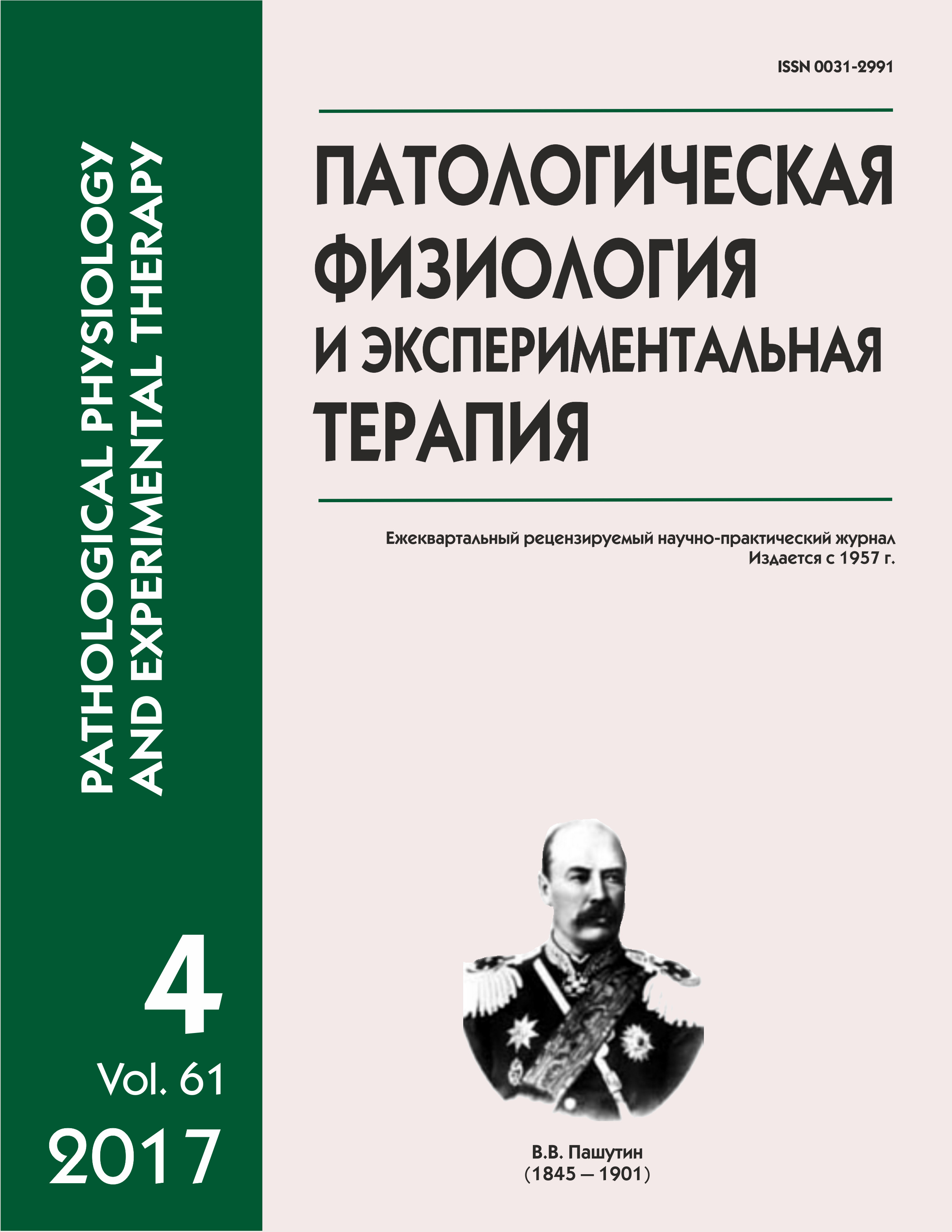Ответы эндотелиальных клеток на деформацию сдвига: механотрансдукция, клеточный стресс и адаптация
DOI:
https://doi.org/10.25557/IGPP.2017.4.8531Ключевые слова:
эндотелий, сдвиговая деформация, механотрансдукция, клеточный стресс, адаптация.Аннотация
Эндотелиальные клетки, выстилающие стенки сосудов, являются одними из важнейших регуляторных элементов кровеносной системы. Непосредственно соприкасаясь с потоком крови, эти механочувствительные клетки способны детектировать свою деформацию через ее тангенциальный компонент (сдвиг) и составляющую, направленную по нормали к поверхности (растяжение). Деформация сдвига является ключевым индуктором комплекса сигнальных путей, опосредуемых тирозинкиназами, интегринами, ионными каналами, вовлекающих также мембранные липиды, гликокаликс и другие клеточные компоненты. На фоне достаточно большого количества данных о сигнальной трансдукции, в литературе меньше внимания уделено клеточной адаптации к сдвиговой деформации и сравнительно мало информации об участии генов стрессового ответа. Гидродинамические условия в определенных зонах сосудистой системы характеризуются значительной неоднородностью, что может приводить к ослаблению обратных связей, необходимых для поддержания гомеостаза в эндотелиальных клетках. Это может способствовать развитию заболеваний, например, таких, как атеросклероз. В обзоре обсуждаются новые аспекты и концепции, связанные с ответами эндотелиоцитов на сдвиговую деформацию и основные методы анализа эффектов сдвиговой деформации in vitro. Цель исследования. Обобщение современных данных о механизмах механочувствительности и механотрансдукции эндотелия. Результаты. В обзоре изложены основные механизмы механочувствительности клеток эндотелия, пути внутриклеточной передачи сигнала, рассмотрено вовлечение механизмов стрессового ответа клеток и адаптации. Обсуждаются эксперименты по изучению молекулярных основ механотрансдукции, в том числе белков и других молекул, вовлеченных в детектирование, передачу сигнала и клеточный ответ на сдвиговую деформацию.Загрузки
Опубликован
2017-12-18
Выпуск
Раздел
Обзоры
Как цитировать
[1]
2017. Ответы эндотелиальных клеток на деформацию сдвига: механотрансдукция, клеточный стресс и адаптация. Патологическая физиология и экспериментальная терапия. 61, 4 (Dec. 2017), 112–125. DOI:https://doi.org/10.25557/IGPP.2017.4.8531.













